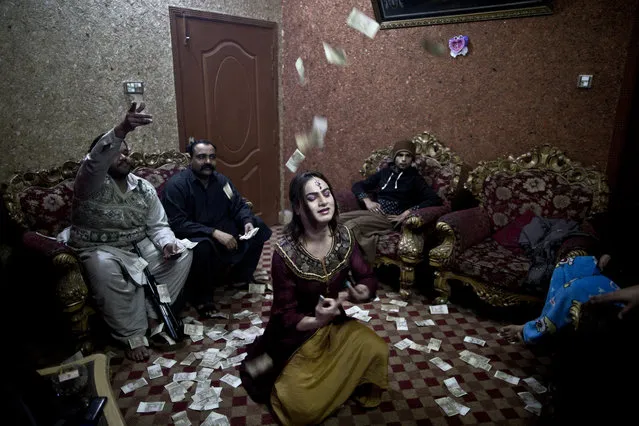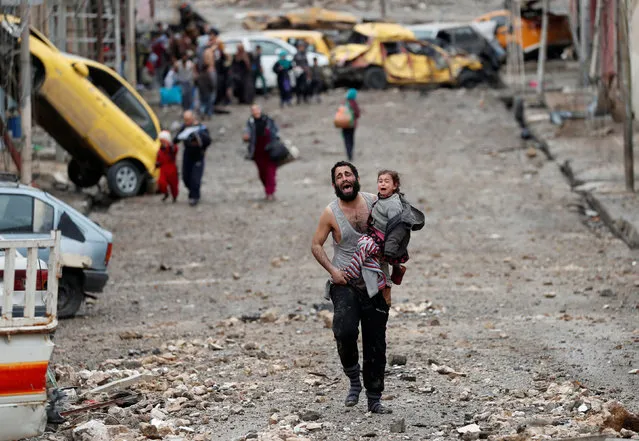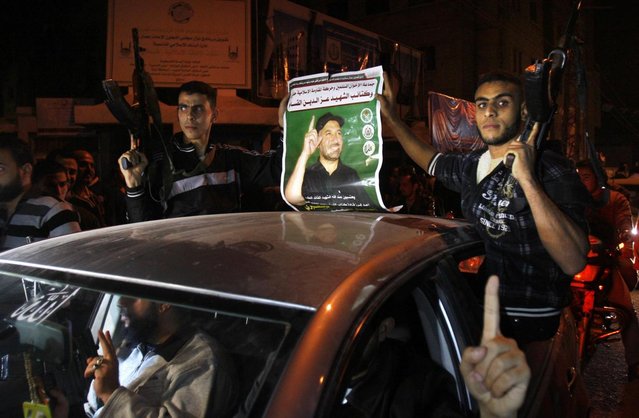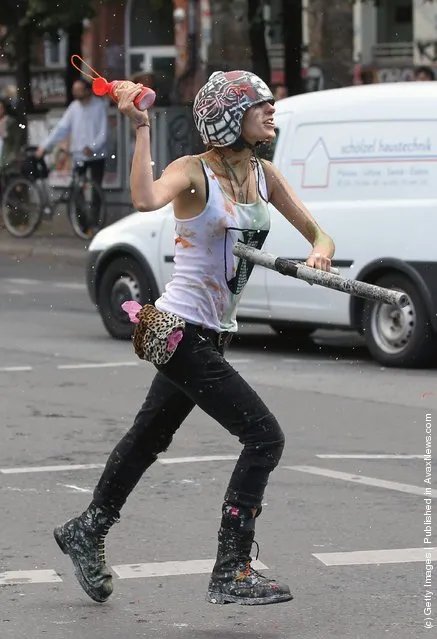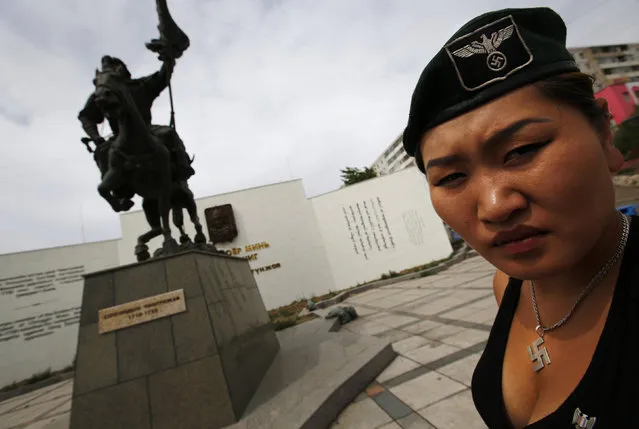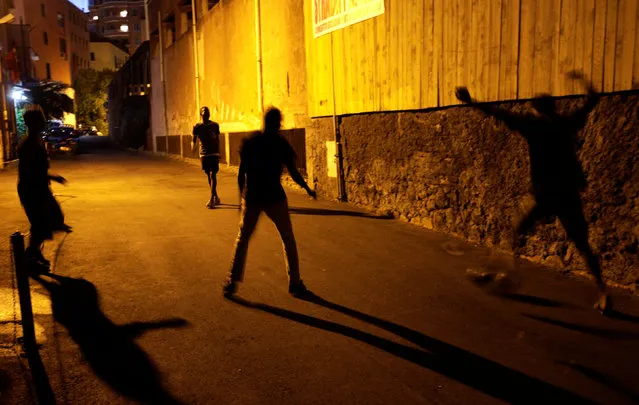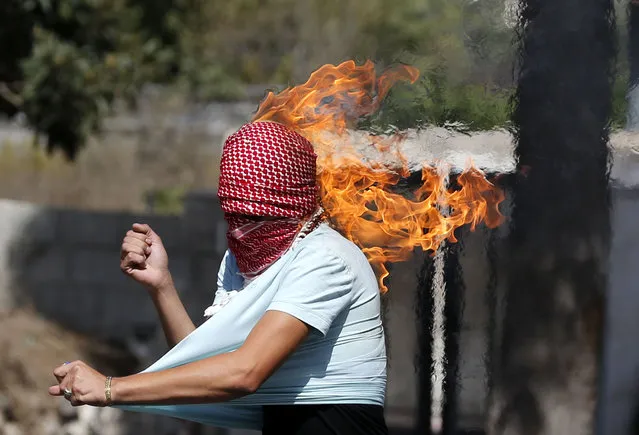
A Palestinian protester sets fire to himself as he throws a molotov cocktail during clashes with the members of the Israeli armed forces in the West Bank city of Hebron, 13 October 2015. The past 12 days have seen the worst spell of street violence in Israel and the Palestinian areas in years, stirred in part by Muslim anger over perceived changes to the status quo observed at a disputed Jerusalem holy site. Sixteen Palestinians from the West Bank and Jerusalem have been killed, but more than half of them have been attackers shot dead after or during attempts to stab Israelis. (Photo by Abed Al Hashlamoun/EPA)
16 Oct 2015 08:06:00,post received
0 comments

